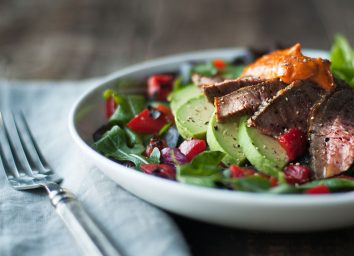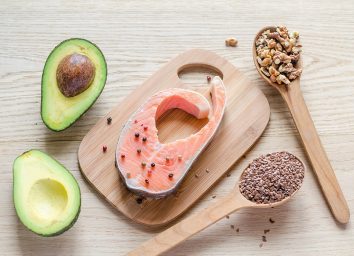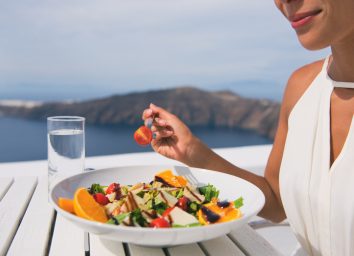This Is What Happened After I Tried the Whole30 Diet
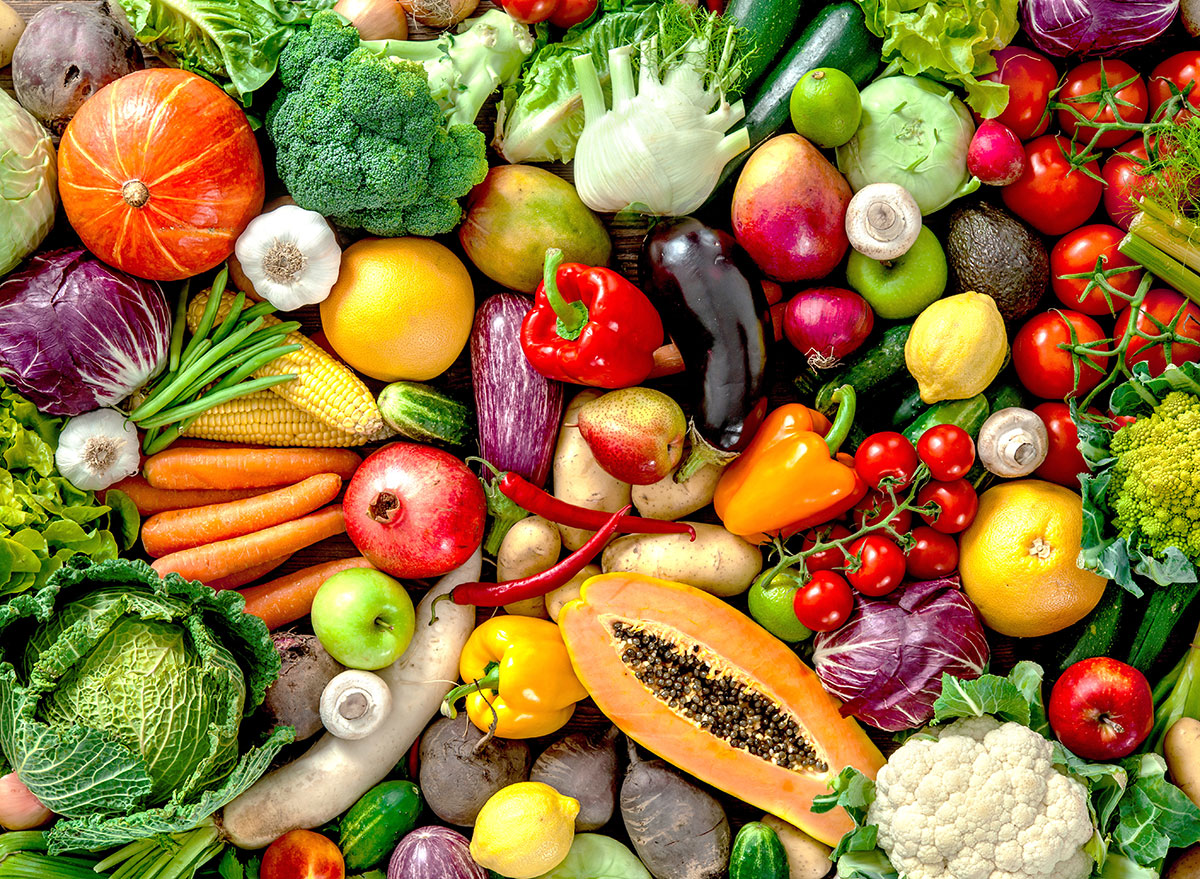
The below is a personal essay from Ashley Gerard on what happened when she stopped the Whole30 diet.
I started the Whole30 diet on a whim when my body could no longer take the lifestyle I was living. I was overweight, inactive, and had digestive issues. Initially, I was drawn to the idea of a body reset; a one-month commitment that would revive a healthy digestive system and help me identify foods that could be causing problems. The Whole30 diet meant no grains, dairy, alcohol, added sugar, or processed foods—all items that were a part of my daily food intake. Did this seem challenging? Yes. Could I handle this for 30 days? Yes.
For me, the ease of saying "yes" was driven by an established time limit and an exact layout of what I could and could not do. Whole30 focuses on whole foods as a way to heal the body, and healing was exactly what I was looking for.
Getting started on Whole30, and making drastic changes
I began Day 1 after considering the diet for just three days. I was surprised at the many foods I quickly realized I had to heavily evaluate—like all of the sugar that is found in foods beyond dessert. This was no "just make a ton of salads" diet; added sugar is in a ton of dressings, salsas, dips, and sauces, which I no longer was able to have. When preparing meals, I discovered a whole new world of alternatives for staple items like milk and butter, and I learned pretty fast that I had to figure out what I loved and have those items on-hand at all times. At first, 30 days seemed simple, but it did force me to become creative in my plans. I now believe avocado and eggs can be added to anything and it's the perfect meal, and I am officially a coconut milk addict when it comes to all coffee drinks.
So, how did I feel during the 30 days? Well, I was never hungry; I could eat compliant foods when I needed to; I slept better and was energized throughout the day. And I wasn't stressed about sticking to this new lifestyle either. Did I have to plan ahead when going to restaurants? Of course, which isn't something most people often have to think about. But I found what worked and stuck to it (i.e. I became a regular at my local Chipotle).
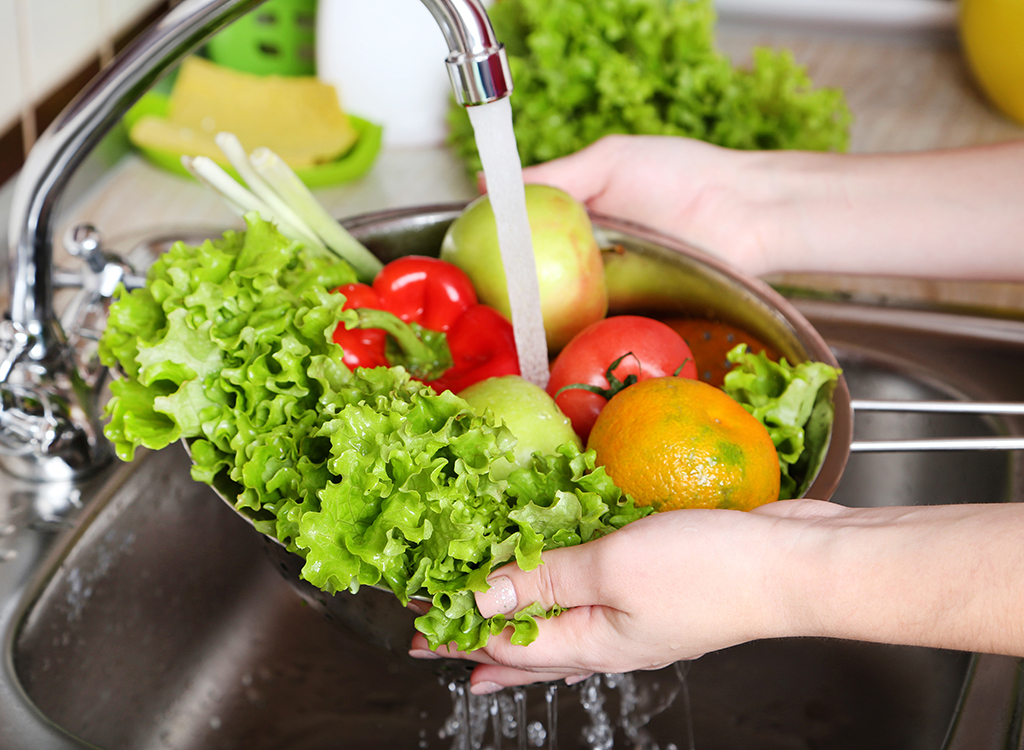
There were moments that were, frankly, just hard. I'm serious when I say I had four events in one month with potlucks where I could not even eat the fruit salad because I was unsure of what sugar may have been added to it. I had to be very careful to not cheat or accidentally have non-compliant foods as it would disrupt the reset I was aiming for. But it was a challenge I was determined to follow through.
Even though the Whole30 is not advertised as a weight loss program, I did lose weight simply because of a change in diet. After the month was completed, I had lost 18 pounds. As my time with Whole30 came to a close, I was already considering my next step. I was no longer in a place where foods would cause me to have stomach issues, and my energy was consistent every day. I knew that the diet of Whole30 was not one meant for a long-term commitment, but I did not want to slump back into my old habits.
A new outlook on Weight Watchers
Enter Weight Watchers, which was a completely different approach to eating. However, it was another accountability system that I felt was more accessible to my daily life. Technically, you can eat anything you want on the WW diet, but everything is within a checks-and-balance structure. I could still start my day with an avocado, but that whole avocado would now take up almost half of my allowed points for the day (11 points out of my 25 daily total in the WW Freestyle program). Weight Watchers granted me more freedom than Whole30, but it kept me in a routine of tracking my food and helping me create healthy habits. This led to the lifestyle change that I needed. I have lost over 50 pounds and finally feel a sense of ownership within a healthy relationship with food. The Whole30 diet was the kickstart I needed to reset my body, and it gave me the push to begin a weight loss program afterward and truly adopt a new way of life.
The greatest lesson I learned from both programs was awareness of the food I eat and how it affects me. The greatest achievement from both programs has been a sense of pride in caring for my physical health. I no longer feel defined by the number on a scale. Both programs taught me to see beyond the number and acknowledge that each small step toward good health is a win. The first step toward change can be difficult, but it can lead to a lifestyle full of positive energy and healthy habits. That's where I am now, and it's a good place to be.
